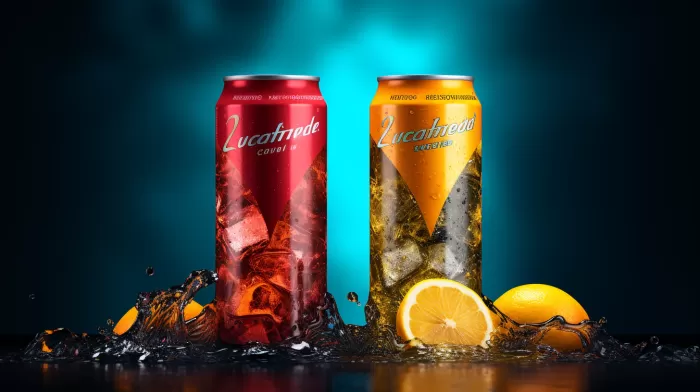Sports and energy drinks are often seen as the go-to beverages for active individuals or those who want to give off an active vibe. However, there are some risks associated with these drinks, especially for adolescents and teens, that far outweigh the limited benefits they offer.
The Problem with Sugar
Many products aimed at younger audiences are laden with sugar, from cereals with animated mascots to drinks endorsed by celebrities. The excessive consumption of sugary drinks like colas, iced teas, fruit drinks, juice, and sports drinks can lead to dental issues, obesity, and even diabetes. Drinks made with high-fructose corn syrup only exacerbate the problem.
Recent studies have shown a decrease in the consumption of soft drinks and fruit drinks among U.S. adolescents from 1999-2008. However, within that same period, the consumption rate of sports and energy drinks tripled.
Sports Drinks vs. Energy Drinks
While some may use the terms interchangeably, there are differences between sports drinks and energy drinks. Understanding these differences can help guide parents in offering healthier choices for their children.
Sports drinks are flavored beverages that usually contain high amounts of sugar, minerals, and electrolytes. They are promoted as a means of replenishing the body after a workout. In contrast, energy drinks contain high doses of caffeine, along with other natural stimulants that enhance its effects. These beverages also contain sugar, as well as protein, vitamins, and minerals, and are marketed as aids for both concentration and physical performance.
The Dangers of Caffeine
Energy drinks containing high levels of caffeine can pose serious health risks to children and adolescents. Many popular energy drinks contain nearly 10 mg of caffeine, compared to less than 4 mg in the average soft drink. A 2014 report warned against adolescent consumption of these beverages, citing instances of seizures, myocardial arrhythmias, and even death.
Unfortunately, since the Food and Drug Administration (FDA) considers these drinks “dietary supplements,” they are largely unregulated. This means there is little stopping them from being marketed and consumed by teens as a healthy and cool option.
Lifestyle Impact
A study published in the Journal of Nutrition Education and Behavior examined the consumption habits of sports and energy drinks among adolescents and the associated behavior patterns. The study found that over 33% of adolescents consumed sports drinks, while about 15% consumed energy drinks at least once per week. Consumption of both types of drinks was linked to higher video game use, as well as increased consumption of other sugar-sweetened beverages, cigarette smoking, and screen media use.
Healthier Alternatives
The primary goals of staying energized and hydrated during physical activity can be achieved through healthier means. Consuming nutrient-dense meals and snacks helps build strong, healthy bodies capable of enduring prolonged physical activity. This includes eating foods like organic green leafy vegetables, sweet potatoes, nuts, and proteins.
Hydrating foods, such as cucumbers, watermelon, and celery, are also important. They contain essential nutrients and water to help keep the body hydrated. Water remains the best option for a drink, as it is used to hydrate and maintain the body’s hydration levels, while a balanced diet can replace lost salts, sugars, and minerals.
A few simple alternatives to sports drinks include coconut water or low-fat chocolate milk. Both have been proven to replenish the body more effectively after exercise, making them better options than the unhealthy sports and energy drinks often marketed to children and adolescents.



